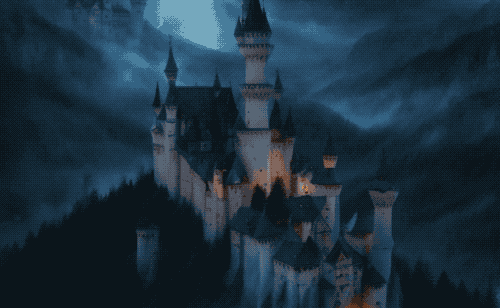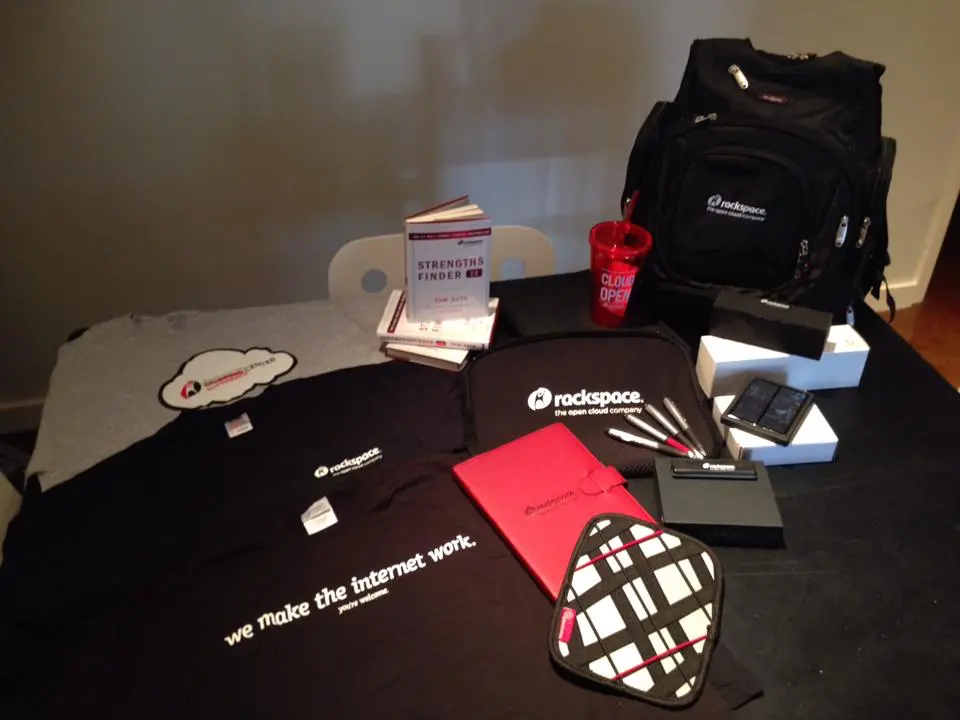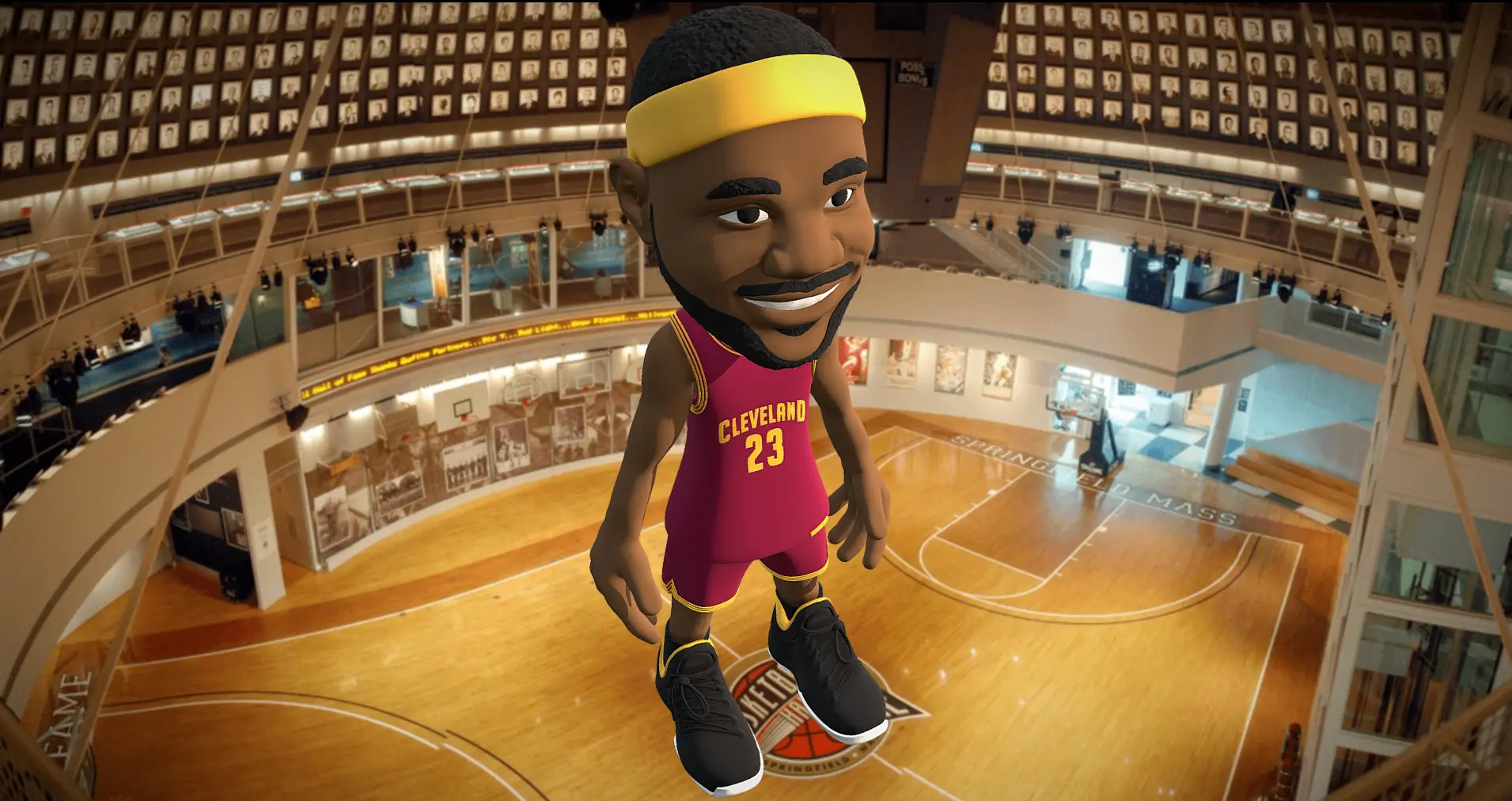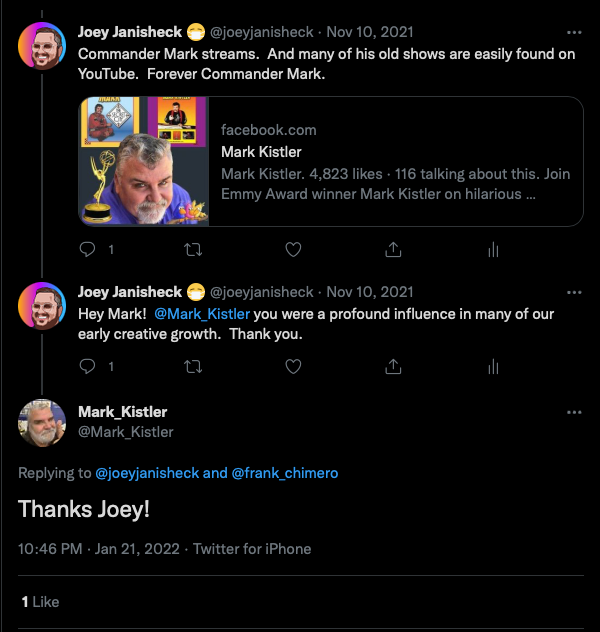MidJourney Video is OK for the Masses
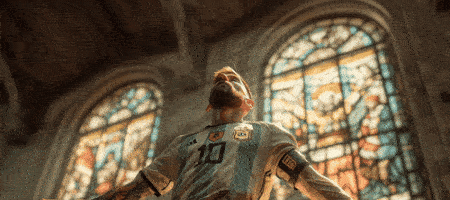
MidJourney Video is OK for the Masses
JUNE 22, 2025
After months of anticipation, MidJourney has officially launched their video generation feature. As someone who's been testing AI video tools extensively, I couldn't wait to put this through its paces using my tried-and-true prompt collection—the same prompts I've been using to benchmark image generation models for over two years.
The results? Mixed, but fascinating. MidJourney's video feature shows promise in some areas while revealing interesting quirks in others. Most notably, I discovered some unexpected limitations around certain copyrighted characters, though interestingly, not where you might expect.
The Test Setup
I used five classic prompts that have become my standard benchmarks:
- Castle: Neuschwanstein castle with dramatic lighting
- Family: Christmas scene with laptops and worried expressions
- Mickey: Evil Mickey Mouse selfie in Disneyland
- Messi: Lionel Messi in stained glass window style
- Robot: Rusty robot with bow tie portrait
These prompts have served me well across dozens of AI tools, from early DALL-E experiments to the latest Runway and Luma generations. They test different aspects: architectural detail, human emotion, character recognition, celebrity likeness, and mechanical precision.
The Mickey Problem
Here's where things got interesting. The Mickey Mouse prompt—which has worked flawlessly in MidJourney's image generation for years—completely failed in video mode. The system simply refused to generate anything, likely due to enhanced copyright protection measures in their video pipeline.
So I pivoted. Instead of Mickey, I used an earlier image I had created of a generic theme park mouse mascot. Not Disney's Mickey, but close enough to test the system's ability to animate character-like figures.
The result was surprisingly smooth. The generic mouse character maintained consistency throughout the animation, with natural head movements and believable facial expressions. It's a good sign for character animation capabilities.
The Messi Surprise
Now here's the plot twist: while Mickey Mouse was blocked, Lionel Messi sailed right through. The system had no problem generating video of the world's most famous footballer, complete with Argentina uniform and dramatic lighting.
This reveals something fascinating about MidJourney's copyright enforcement. Disney's IP protection appears to be more aggressively implemented than individual celebrity likenesses. Whether this is intentional policy or simply reflects the different legal frameworks around character IP versus personality rights, it's worth noting for anyone planning commercial use.
Castle: Architectural Motion
The castle prompt has always been my test for architectural detail and atmospheric effects. MidJourney's video version delivered impressive results:
The lightning effects are particularly well-executed, with natural-looking electrical discharge and appropriate illumination of the castle structure. The volumetric lighting creates depth and atmosphere that feels cinematic rather than artificial.
Family Dynamics
Human emotion and interaction have always been challenging for AI video generation. The family Christmas scene tests multiple people, complex emotions, and environmental storytelling:
The results show MidJourney's strength in maintaining character consistency across frames. Each family member retains their individual characteristics throughout the animation, and the worried expressions feel genuine rather than uncanny.
Robot Portrait
Finally, the robot prompt tests mechanical detail and metallic surface rendering in motion:
The chrome background creates beautiful reflections that shift naturally as the robot moves. The bow tie adds a touch of whimsy while the rust textures provide realistic weathering details that remain consistent throughout the animation.
How It Compares
Having tested these same prompts across multiple video generation platforms—Runway, Luma, Kling, Pixverse, and others—MidJourney's entry into video feels distinctly different. Where other platforms often prioritize motion dynamics and camera movement, MidJourney focuses on maintaining the visual quality and consistency that made their image generation famous.
The videos feel more like living photographs than traditional video clips. There's subtle motion, atmospheric effects, and character animation, but it's restrained and purposeful rather than dramatic or cinematic.
Technical Observations
A few technical notes from my testing:
- Resolution: Output quality is crisp and detailed, maintaining MidJourney's signature visual fidelity
- Duration: Videos appear to be in the 3-5 second range, typical for current AI video generation
- Consistency: Character and object consistency is excellent—no morphing or identity drift
- Motion Quality: Movements feel natural rather than artificial or jittery
- Processing Time: Generation speed is competitive with other premium video AI tools
The Copyright Landscape
The selective enforcement I discovered raises important questions for creators. If you're planning to use AI video generation for commercial projects, it's worth testing your specific use cases early. Disney characters appear to be off-limits, but celebrity likenesses may be fair game—at least for now.
This inconsistency isn't necessarily a flaw. Different types of intellectual property have different legal protections, and MidJourney may be taking a cautious approach with the most legally aggressive IP holders while allowing more permissive use of public figures.
What's Next
MidJourney's video feature feels like a solid first step rather than a revolutionary leap. It delivers on the company's core promise: exceptional visual quality with intuitive prompting. While it may not have the dramatic camera movements of Runway or the length options of other platforms, it maintains the aesthetic consistency that has made MidJourney the go-to choice for visual creators.
For creators who already rely on MidJourney for image generation, the video feature provides a natural extension of their workflow. You can now bring your static creations to life without learning a new tool or adapting to a different aesthetic style.
The real test will be how quickly MidJourney iterates on this foundation. If their image generation evolution is any indication, we can expect rapid improvements in motion complexity, duration options, and creative controls.
For now, MidJourney Video represents a promising entry into the AI video generation space—one that prioritizes quality over quantity and consistency over spectacle. In a market full of tools competing on features and speed, that focus on visual excellence might be exactly what many creators are looking for.

